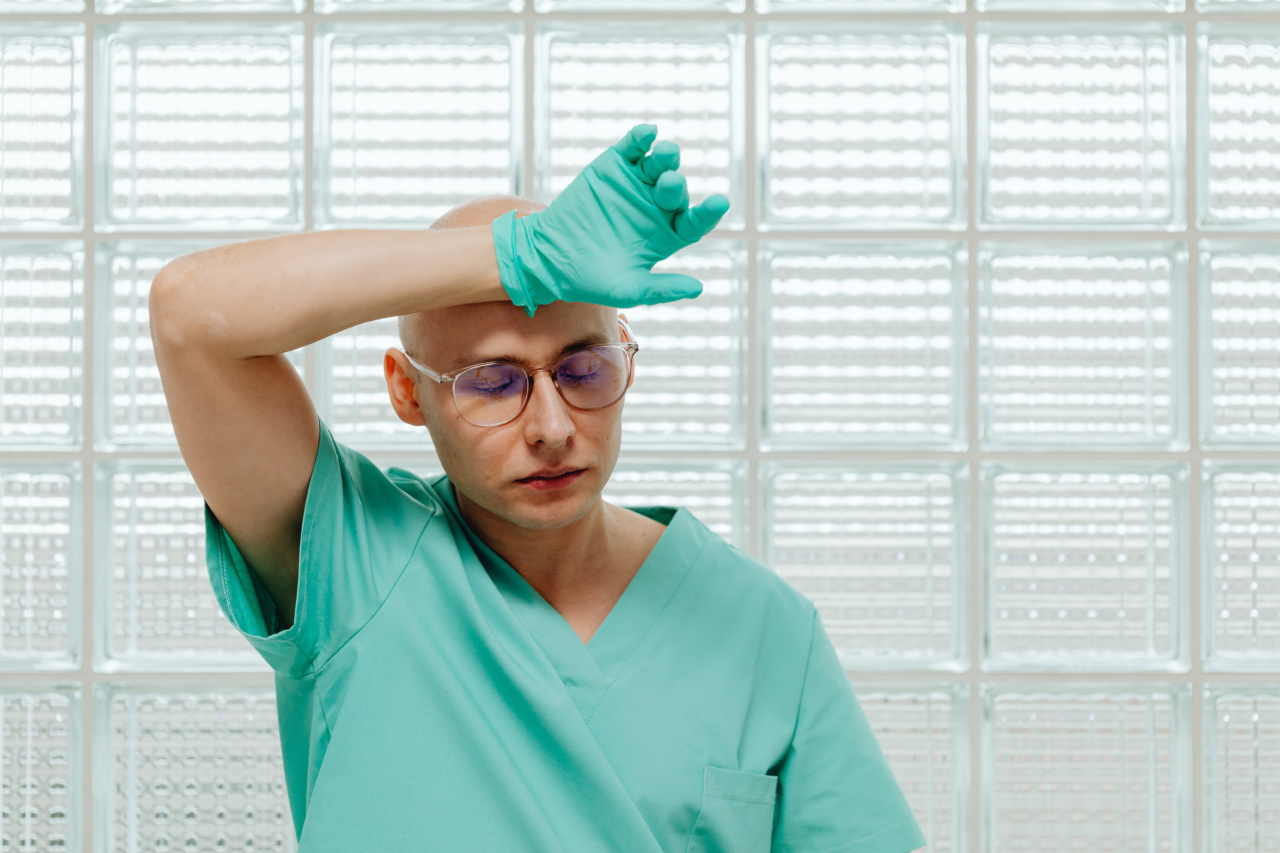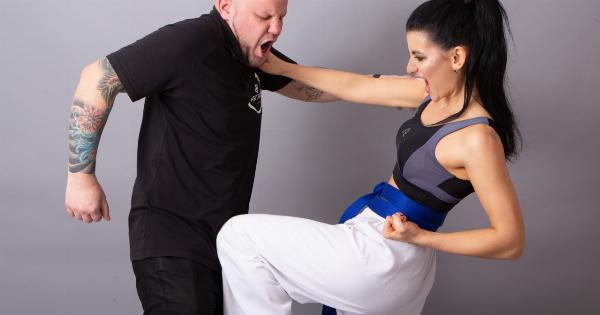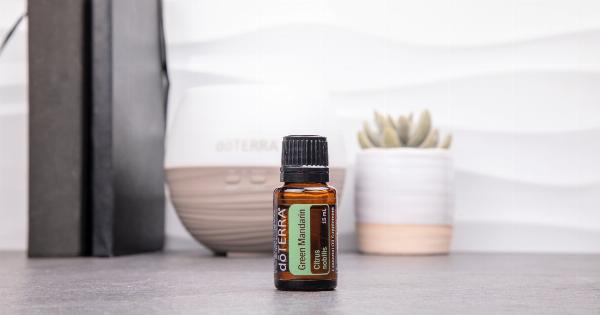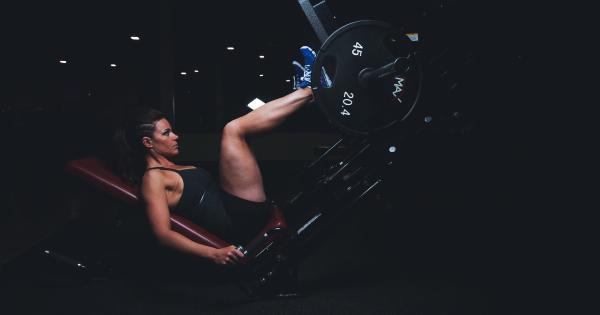Everyone sweats, especially during intense physical activities or in hot weather. Sweating is the body’s natural way of regulating temperature and preventing overheating.
However, for some individuals, sweating becomes excessive, causing embarrassment and discomfort. While occasional excessive sweating may not be a cause for concern, there are cases where the condition requires medical attention. In this article, we will explore the causes, symptoms, and treatment options for excessive sweating.
Understanding Excessive Sweating
Excessive sweating, also known as hyperhidrosis, is a condition characterized by abnormally high levels of sweating. It commonly affects the armpits, palms, soles of the feet, and face.
This condition often goes beyond what is necessary for thermoregulation, resulting in sweat production that is unrelated to temperature or physical exertion.
Hormonal changes, anxiety, emotional stress, and certain medical conditions can trigger excessive sweating. In some cases, the cause of hyperhidrosis is unknown, and it may be classified as primary hyperhidrosis.
Secondary hyperhidrosis is typically caused by an underlying condition or medication.
Signs and Symptoms
Excessive sweating can be characterized by various signs and symptoms:.
1. Visible Sweat Stains
Individuals with hyperhidrosis often experience visible sweat stains on their clothing, particularly in the armpit area. These stains can significantly impact self-esteem and social interactions.
2. Frequent Sweating
People with hyperhidrosis may notice that they sweat even when they are not engaging in physical activity or in cool environments.
3. Skin Maceration
Excessive sweating can lead to skin maceration, where the skin becomes soft, pale, and prone to irritation and infection.
4. Social Anxiety
Constant worry about sweating excessively in public can lead to social anxiety and avoidance of social situations.
5. Interference with Daily Activities
In severe cases, excessive sweating can interfere with daily activities and work productivity. Individuals may struggle with gripping objects, using touchscreens, or holding a pen due to sweaty palms.
Seeking Medical Attention
If you are experiencing any of the above symptoms and suspect that you may have hyperhidrosis, it is important to consult with a medical professional.
They will be able to evaluate your condition, determine the cause of your excessive sweating, and recommend appropriate treatment options.
Diagnostic Process
A medical evaluation for excessive sweating typically involves a thorough physical examination and a review of medical history.
Your doctor may ask about the frequency and severity of your sweating episodes, areas affected, and any accompanying symptoms. In some cases, additional tests may be required to determine the underlying cause.
Treatment Options
Several treatment options are available for individuals with hyperhidrosis:.
1. Antiperspirants
Over-the-counter or prescription-strength antiperspirants can help control excessive sweating. They work by temporarily blocking the sweat glands.
2. Medications
In some cases, medications such as anticholinergics or beta-blockers may be prescribed to reduce sweating. These medications are generally reserved for severe cases or when other treatment options have failed.
3. Botox Injections
Botox injections can temporarily block the chemical signals from the nerves that stimulate sweat production. This treatment option is particularly effective for underarm sweating but can also be used for other areas.
4. Iontophoresis
Iontophoresis involves the use of a device that delivers a mild electrical current to the affected area, such as the hands or feet. This treatment can temporarily reduce sweating and is often used for palmoplantar hyperhidrosis.
5. Surgery
In severe cases, surgical procedures such as sweat gland removal or nerve surgery may be recommended. These options are typically considered when other treatments have failed to provide relief.
Lifestyle Modifications
In addition to medical treatments, certain lifestyle modifications can help manage excessive sweating:.
1. Use Breathable Fabrics
Wearing loose, breathable clothing made of natural fabrics such as cotton can help minimize sweating and promote air circulation.
2. Avoid Triggers
Identify and avoid triggers that exacerbate sweating, such as spicy foods, caffeine, and alcohol.
3. Stress Management
Practicing stress-reducing techniques, such as deep breathing exercises, meditation, and yoga, can help minimize anxiety-related sweating.
When to Consult a Doctor
It is important to consult a healthcare professional if any of the following apply:.
1. Excessive sweating disrupts your daily life and affects your emotional well-being.
2. Hyperhidrosis occurs suddenly and is accompanied by other symptoms.
3. Sweating is primarily on one side of the body.
4. Sweating is associated with weight loss or fever.
Remember, seeking medical attention and discussing your concerns with a healthcare professional is crucial in determining the underlying cause of excessive sweating and finding an appropriate treatment plan.






























